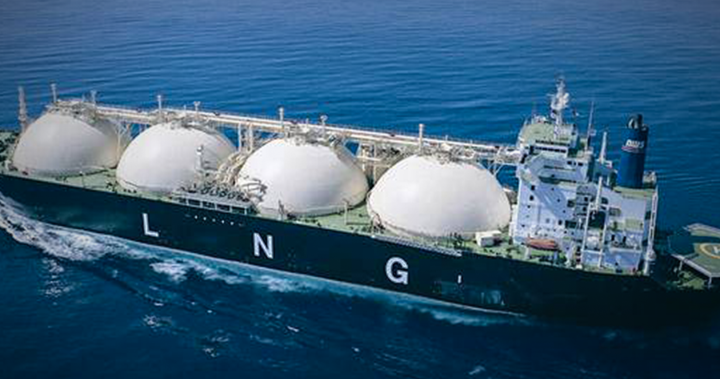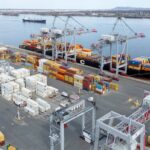In a watershed moment for Canada’s energy sector, the nation’s first liquefied natural gas export terminal has officially begun operations, marking the country’s entry into the competitive global LNG market. The Woodfibre LNG facility near Squamish, British Columbia shipped its inaugural cargo last week, opening a new chapter in Canada’s long-standing ambition to diversify its energy export portfolio beyond the North American continent.
“This represents a pivotal shift in Canada’s energy strategy,” said Michael Davidson, energy economist at the University of Toronto. “After years of planning and regulatory hurdles, we’re finally seeing Canadian natural gas reaching overseas markets at a time when global demand for cleaner transition fuels is accelerating.”
The milestone comes amid intensifying global competition for LNG supply contracts, particularly from European nations seeking to reduce dependence on Russian energy sources following the Ukraine conflict. According to market analysts at Wood Mackenzie, global LNG demand is projected to increase by 50% by 2035, with Asia remaining the primary growth market.
Canada’s entry into the LNG export arena hasn’t been without controversy. The $1.6 billion Woodfibre project faced significant regulatory scrutiny and opposition from environmental groups concerned about increased carbon emissions and impacts on marine ecosystems. However, proponents highlight that the facility employs electric motor drives powered by British Columbia’s largely hydroelectric grid, significantly reducing its emissions profile compared to competing facilities.
“What distinguishes Canadian LNG is its relatively low carbon intensity,” explained Sarah Johnson, director at the CO24 Business research division. “Natural gas from Western Canada processed through electric-powered facilities creates one of the lowest emission profiles globally, potentially commanding premium prices in markets with strict environmental standards.”
The development comes as Canada navigates complex energy policy tensions between expanding fossil fuel infrastructure and meeting ambitious climate commitments. Federal Environment Minister Steven Guilbeault has emphasized that any new energy projects must align with the country’s emissions reduction targets, creating regulatory uncertainty for additional proposed LNG terminals along the British Columbia coast.
Industry experts note that the timing of Canada’s market entry presents both opportunities and challenges. While Asian buyers, particularly in Japan, South Korea, and China, have signed numerous long-term supply contracts, the market has recently shown signs of oversupply, with spot prices dropping significantly from 2022 peaks.
“The economics remain compelling despite recent price moderation,” noted Robert Chen, chief analyst at Eastern Energy Consultants. “Canadian producers can access natural gas at some of the lowest costs globally, while the shipping distance to Asian markets is approximately 10 days shorter than from Gulf Coast facilities, creating structural advantages.”
For western Canadian gas producers, the development offers welcome relief after years of depressed prices due to limited export options. The Alberta Energy Regulator reports that regional natural gas has traded at discounts of up to 40% compared to U.S. benchmark prices in recent years, constraining industry profitability and provincial tax revenues.
“This represents just the beginning of Canada’s potential LNG footprint,” said Elizabeth Murray, former energy advisor to the federal government. “With several larger projects in various stages of development, including the massive LNG Canada facility in Kitimat, we could see Canada emerge as a top-five global exporter by 2030 if regulatory and financing challenges can be overcome.”
Indigenous partnerships have been central to the few projects advancing to construction. The Squamish Nation, after conducting its own environmental assessment, entered into benefit agreements with Woodfibre LNG, establishing a new model for resource development on traditional territories. Similarly, the LNG Canada project has signed agreements with multiple First Nations along its pipeline route.
As Canada takes its first steps into the global LNG market, a critical question emerges: can the country successfully balance its climate commitments with the economic opportunities of fossil fuel exports, or will these competing priorities ultimately force more difficult choices about the nation’s energy future?











